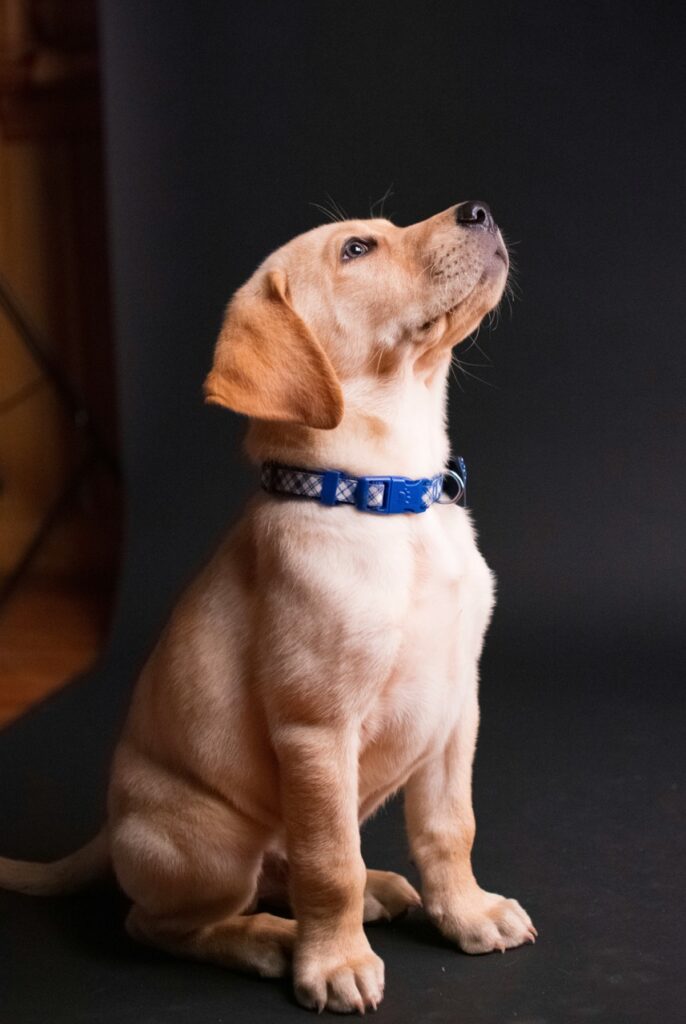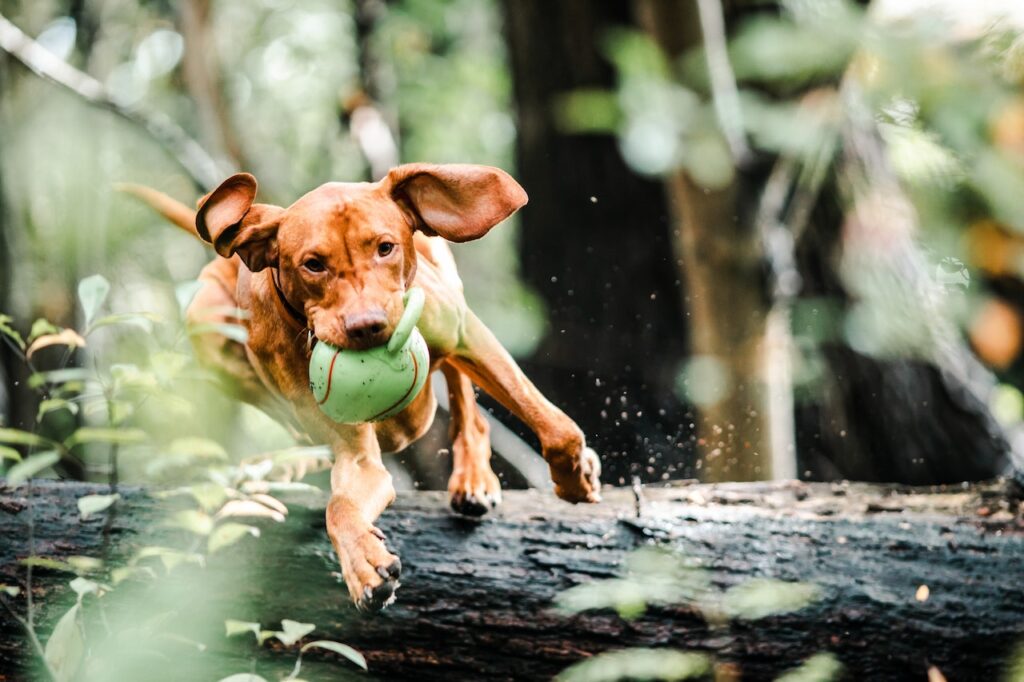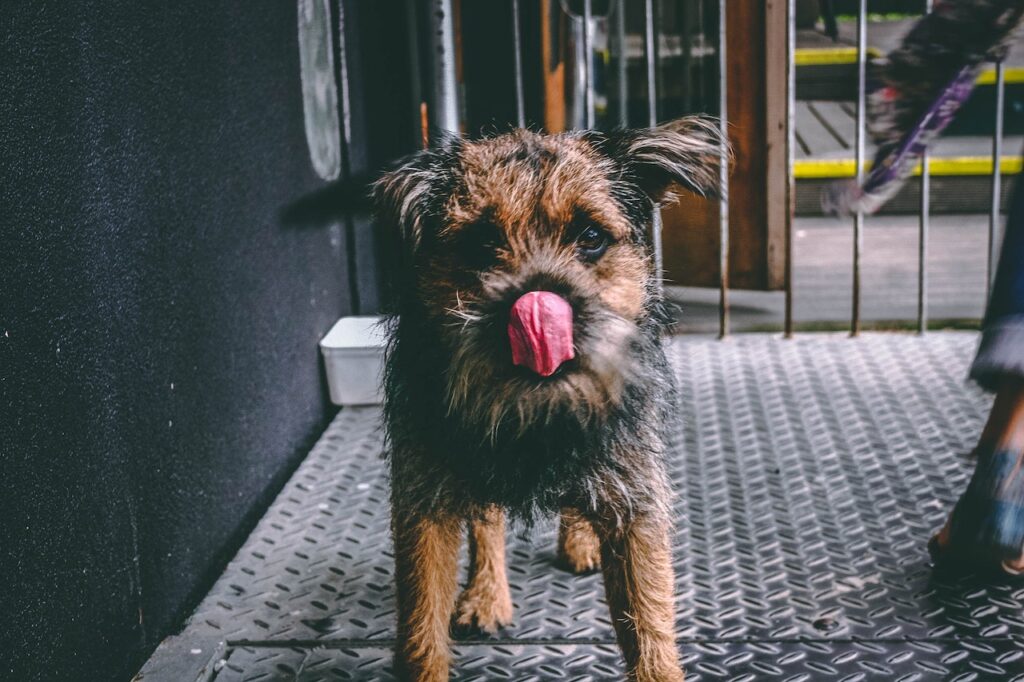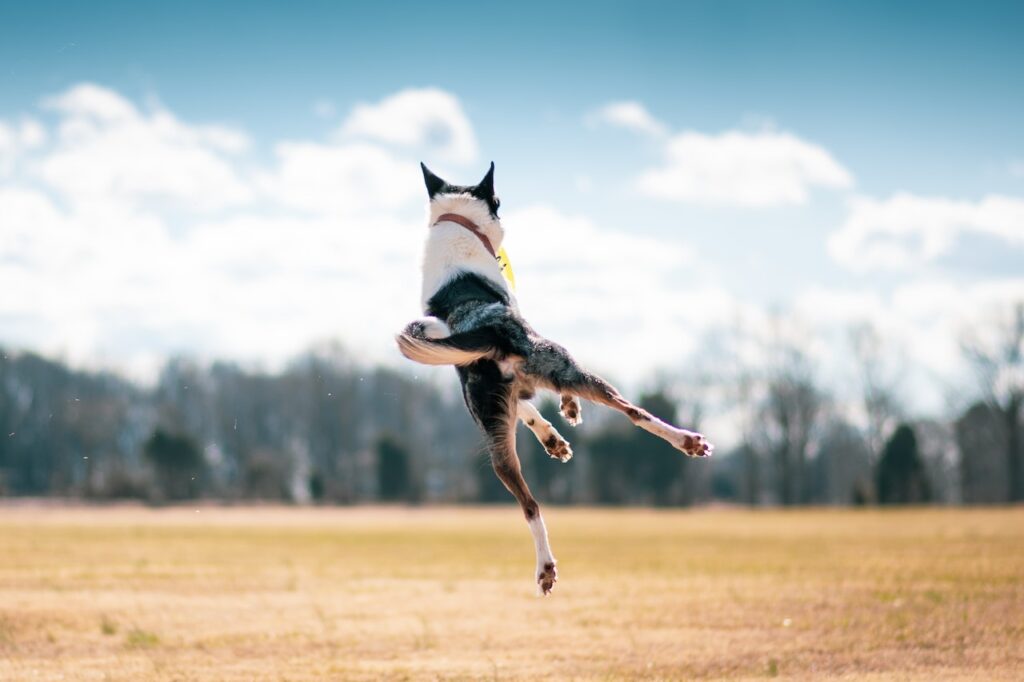How to Address Common Puppy Behavior Issues
Bringing a puppy home is a joyous experience, but it also comes with challenges as your new furry friend adapts to their environment. Understanding and addressing common puppy behavior problems early on can pave the way for a well-behaved, happy dog. In this article, we’ll explore effective strategies for managing typical puppy behavior issues. 1. Chewing Puppies naturally explore the world with their mouths, often leading to unwanted chewing behavior. Left unchecked, this can result in damage to furniture, shoes, and other household items. Solution: Offer a variety of safe, durable chew toys like the KONG Classic Dog Toy, to redirect chewing. Keep valuable items out of reach and reward your puppy when they chew on appropriate toys. 2. Biting and Nipping Biting and nipping are common, especially during playtime or teething. While it’s a normal behavior for puppies, it’s essential to teach them that biting humans is not acceptable. Solution: Use positive reinforcement techniques to teach bite inhibition. If your puppy bites too hard, let out a high-pitched “ouch” to indicate it hurts, then stop playing immediately. Provide a chew toy as an alternative. 3. Barking Puppies bark to communicate their needs, but excessive barking can become a problem if not managed early. Solution: Identify the cause of barking and address it accordingly. If your puppy barks due to boredom, increase their physical activity and mental stimulation. Reward quiet behavior and teach the “quiet” command using treats and praise. 4. Jumping on People Jumping is a natural way for puppies to seek attention, but it can become a nuisance as they grow older. Solution: Train your puppy to sit when greeting people. Ignore jumping behavior by turning away and only give attention when they remain calm with all four paws on the ground. 5. Separation Anxiety Separation anxiety can manifest as whining, barking, or destructive behavior when your puppy is left alone. Solution: Gradually get your puppy used to being alone by starting with short periods of separation and slowly increasing the time. A comforting tool like the Original Snuggle Puppy Heartbeat Stuffed Toy can help ease anxiety and provide a sense of security. 6. House Training Issues House training is a crucial part of raising a puppy, and accidents are a normal part of the process. Consistency is key in teaching your puppy where to go to the bathroom. Solution: Establish a regular feeding and bathroom schedule. Take your puppy outside frequently, especially after meals, and reward them when they go in the right spot. Use training pads like Amazon Basics Pet Training Pads to aid in the house training process and gradually transition to outdoor potty training. Puppy Behavior Training Tips Addressing puppy behavior issues early is vital for a well-adjusted adult dog. Consistency, patience, and positive reinforcement are essential in guiding your puppy through these common challenges. Final Thoughts Puppy training is a critical period for developing good behavior habits. By understanding and addressing these common puppy behavior issues, you’ll help your new dog grow into a well-mannered and happy companion. Implement these strategies and use the recommended products to support your puppy’s development.
How to Address Common Puppy Behavior Issues Read More »










